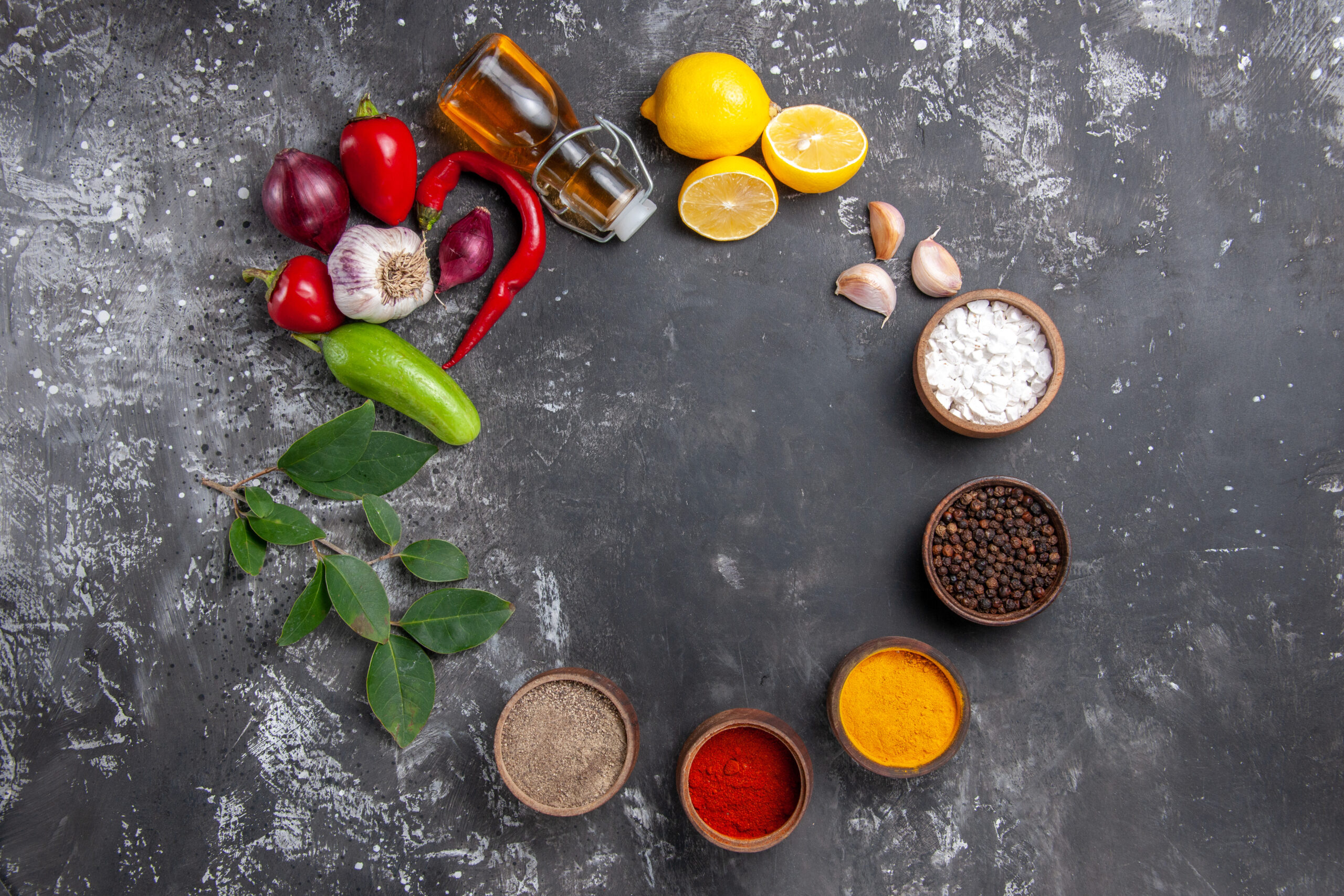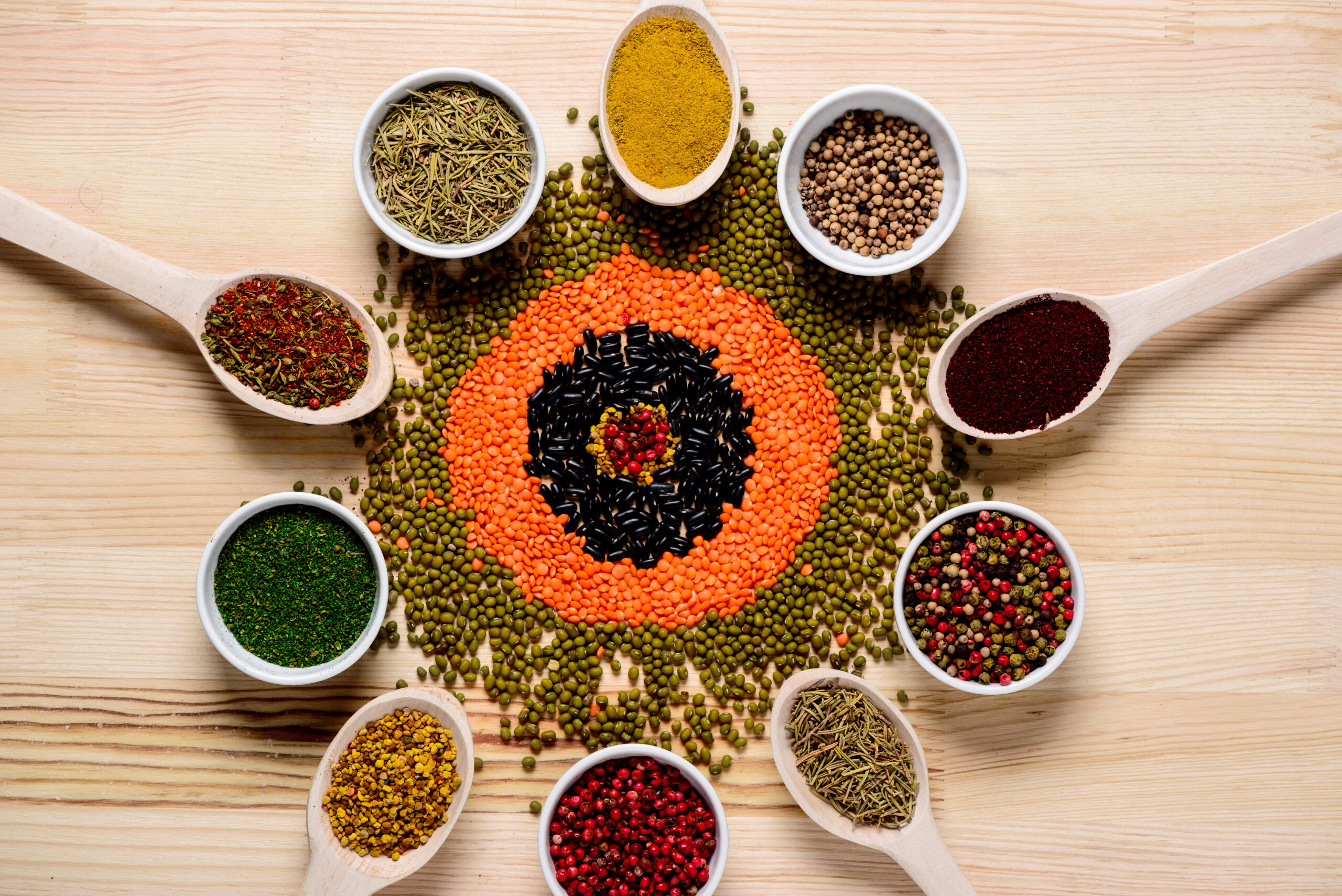
Have you ever noticed how food seems to taste better at your favorite restaurant with music playing? Or how a crunchy chip feels more satisfying when it sounds crisp? Welcome to the fascinating world of sonic seasoning—where what you hear can change what you taste.
This isn’t just poetic—it’s scientific. Sound and music influence your brain’s perception of flavor, and today, we’re tuning in to how it works and how you can use it in your kitchen.
🎵 The Science of Sonic Seasoning
Researchers from Oxford University discovered that high-pitched sounds enhance sweetness, while low-pitched sounds amplify bitterness. This means that a simple playlist can literally change how your dinner tastes.
Dr. Charles Spence, a pioneer in the field of sensory perception, coined the term “sonic seasoning” to describe this phenomenon.
👉 Key Insight: Our senses don’t work alone. They blend—what scientists call crossmodal perception.
🎧 Sound Experiments That Change Flavor
Let’s explore a few real-world examples:
- Popcorn in the Cinema vs. at Home
In theaters, popcorn crunches louder thanks to the acoustics. That sound enhances the feeling of freshness and satisfaction. - Coffee with Jazz vs. Techno
Studies show that smooth jazz can make coffee taste smoother and richer, while fast electronic music may make it taste sharper or more bitter. - Champagne with Classical Music
Soft classical music with a gentle rhythm can make sparkling wine feel more luxurious and effervescent. You’re not imagining it—it’s your brain interpreting sound as part of the flavor.
🧂 How You Can Try Sonic Seasoning at Home
🎧 1. Curate a Meal-Enhancing Playlist
- High-pitched, light music for desserts like mousse, fruit salad, or ice cream
- Bass-heavy, ambient tracks for bitter foods like dark chocolate or black coffee
- World music with complex rhythms to accompany spiced or globally inspired dishes
🍽️ 2. Use Sounds from the Kitchen
The sizzle of a steak, the crack of crusty bread, the clink of ice in a cocktail shaker—these are sensory cues your brain associates with freshness, texture, and pleasure.
Let them play loud and proud in your cooking routine.
🧠 Your Brain on Music and Food
When we eat, our brain is processing:
- Texture (mouthfeel)
- Aroma (smell)
- Visuals (plating, color)
- Sound (environment + food itself)
By controlling one—like sound—you can hack your brain’s flavor map. Crazy, right?
🎶 Restaurants Already Do This
Some high-end restaurants now pair dishes with playlists. A dessert might come with earbuds offering a soft harp melody to amplify sweetness, while a smoky meat dish could be accompanied by tribal drums or forest ambiance to intensify the earthy notes.
Even Ben & Jerry’s did an ice cream + music pairing experiment!
🍲 Final Bite: Eat With Your Ears
Food isn’t just fuel—it’s an experience. And the sounds around you can shape how deeply you enjoy it.
So next time you cook:
- Play with pitch.
- Sync your playlist with your palate.
- And don’t forget—your ears might be the best spice you never knew you had.
🎧 Have you ever noticed a song change the flavor of your food? Would you try pairing a dish with a soundtrack? Let’s chat below!





